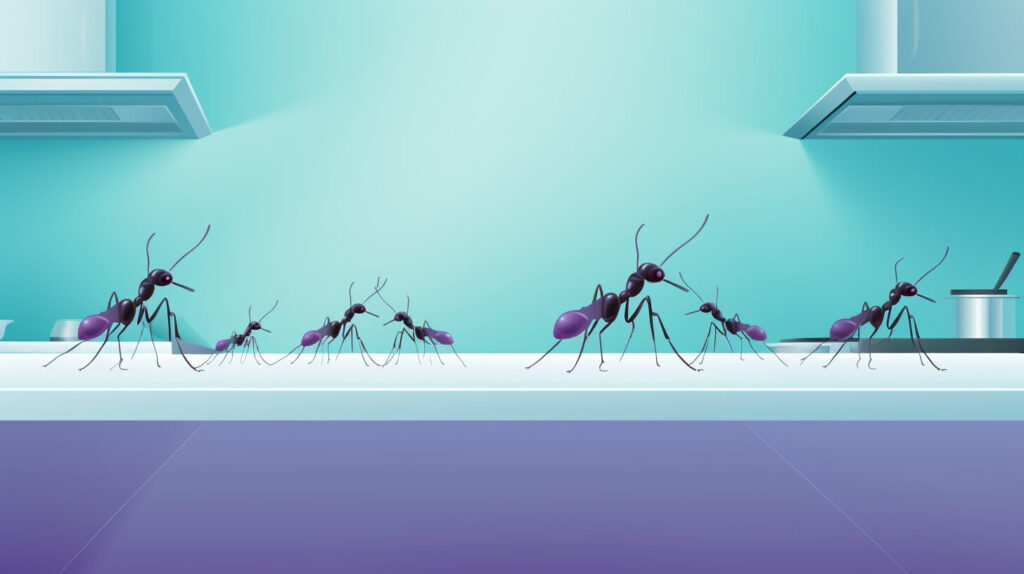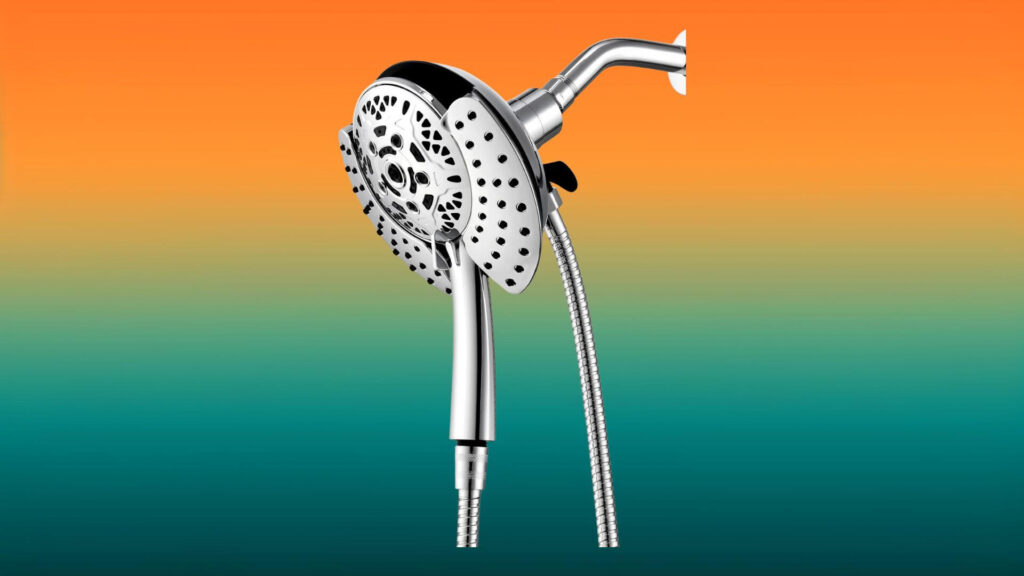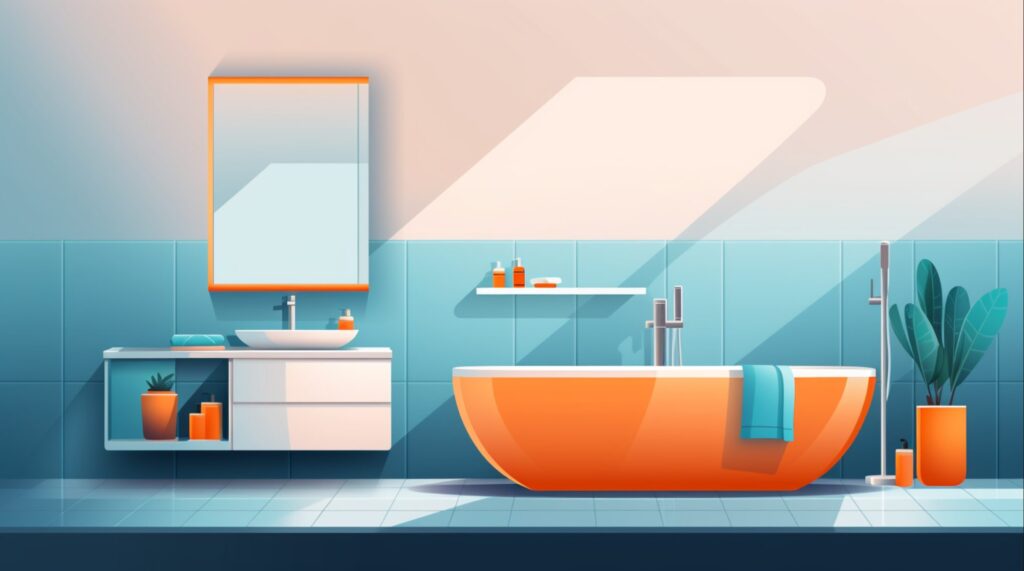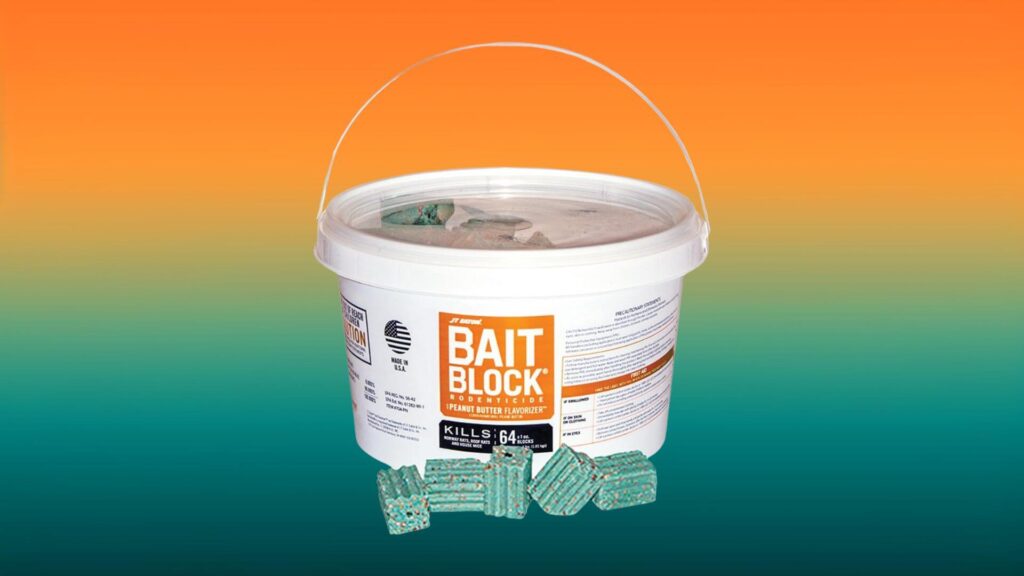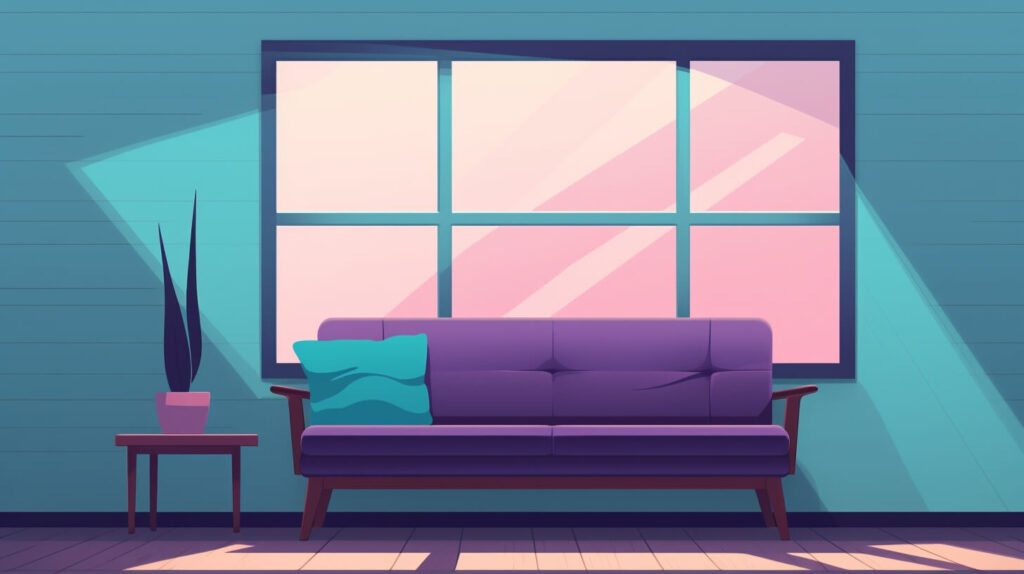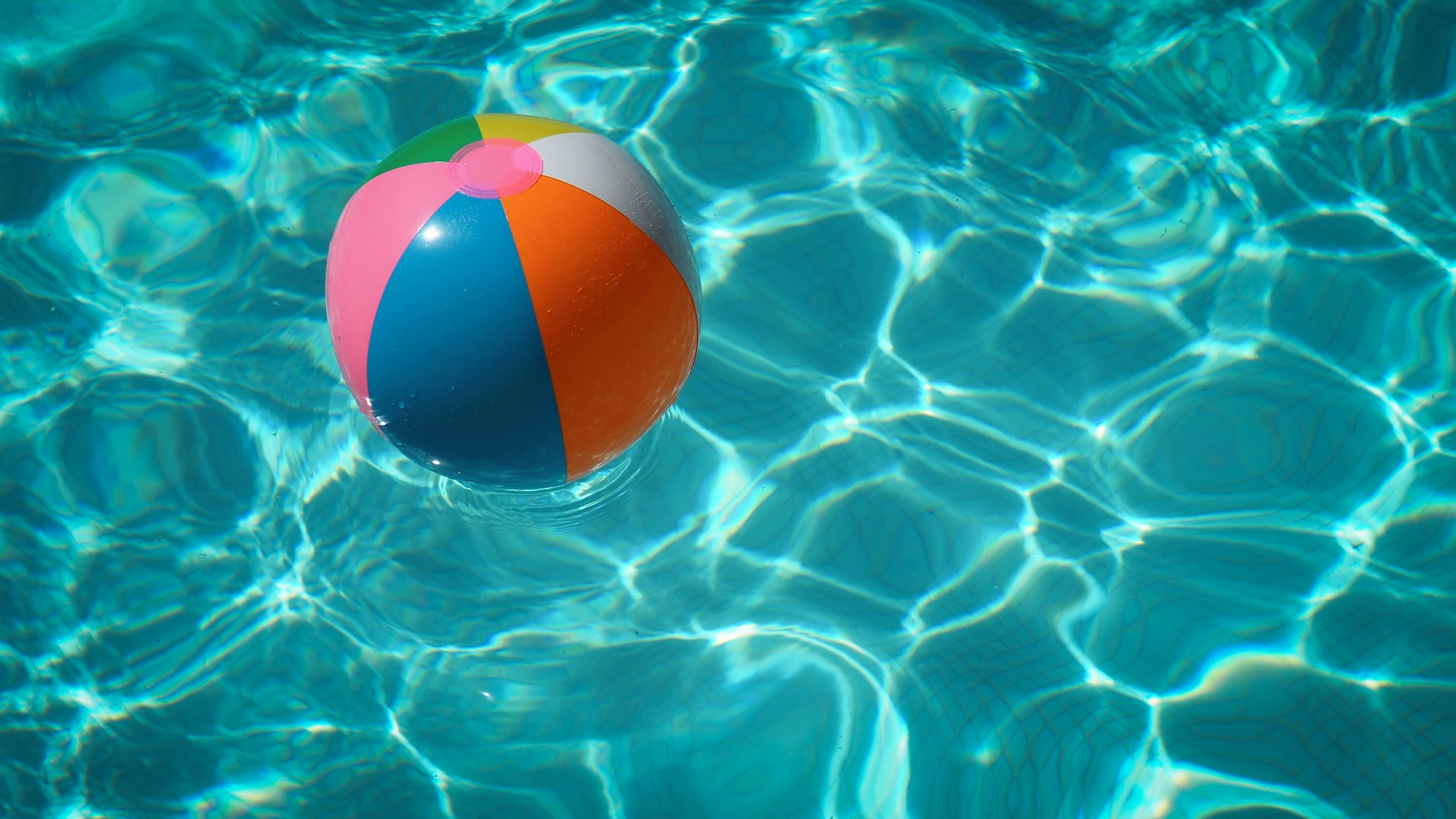
We are reader-supported. When you buy through links on our site, we may earn an affiliate commission.
Pools are a fun addition to almost any home. They create space for exercise and play but need regular maintenance to keep it safe. Knowing how to clean a pool allows you to keep it running smoothly season after season.
Daily Care
- Skim water surface
- Run water pump
- Eliminate debris while swimming
- Re-cover at the end of the day
Skim Your Water’s Surface
Surface debris is one of the most obvious cleaning issues you notice with pools. Leaves, bugs and other items can flow through the wind and land on your water surface.
A skimmer is an essential maintenance item used to remove items of any size that find their way into your pool. Skimming daily can prevent particles from clogging your filter or embedding in the sides.
It also eliminates the safety risk of debris getting in someone’s eyes or mouth while swimming.
Run Your Water Pump
You should run your water pump for at least eight hours daily, whether or not you swim that day.
This water circulation is necessary to prevent algae and bacteria growth.
Weekly Maintenance
- Check sanitizer level
- Check PH balance
- Shock the water
- Add algaecide
Check the Sanitizer Level
Chlorine and bromine are the most popular pool water sanitizers, though chlorine is the common favorite for pools since it kills bacteria quicker than bromine, preventing it from affecting visitors.
Chlorine and bromine should both be between one and three ppm (parts per million). If they smell strongly or irritate the skin or eyes, chances are the level is too high. You can lower your chlorine level with a chemical agent or replace some of the water.
Test your levels weekly with one of several strip or probe options.
Monitor Your PH Balance
The amount of sanitizer in your pool contributes to its PH. The potential of hydrogen number represents your pool water’s acid level.
Between 7.2 and 7.8 is a safe PH level for you and your guests to swim in. Anything higher makes the pool’s level too basic, which decreases your sanitizer’s effectiveness. If it’s lower than 7.2, your water becomes too acidic, which can damage your skin and eyes.
“Shock” the Water
Despite the name, this doesn’t mean adding electricity to your pool water, which would be incredibly dangerous. “Shock” is a chemical formulation you add to the water to raise your sanitizer level to eliminate harmful germs and algae. Doing this once a week can keep your pool clean and safe.
Follow the manufacturer’s directions to raise the free chlorine level in the pool. The “free chlorine” level shows how well the sanitizer is disinfecting your water. Its ideal range is between 2 and 4 ppm. Let your pool’s circulation pump run for the recommended amount of time, and test your levels before and after the shock to show the difference.
Add an Algaecide
Algaecide is a solution that helps prevent algae growth. Proper and routine treatments keep it from invading your entire pool, causing long-term problems. Most formulations on the market have a carbon or metallic base.
Adding the manufacturer’s recommended dose of the product once a week can stop algae from ever being an issue.
Monthly
- Check calcium hardness
- Clean filter pipes
- Scrub interior
Check Calcium Hardness Levels
Your pool’s calcium hardness is the amount of the mineral build-up in your water. You can look for testers at your local pool supply store. The level should be between 200 and 400 ppm.
If the hardness is too high, the water will get cloudy and debris will build up around your pumps and filters. Low calcium hardness leads to soft water damage.
Scrub Your Pool’s Interior
Once a month, you should show your liner or tile some love by cleaning it with a sponge or brush. Gently scrubbing your pool’s interior removes any dirt or build-up while keeping your pool shining. You can get in the water or use a long-handle mop.
This is also a great time to rinse off your pool’s cover.
Clean Your Filter
Your filter is an essential part of your pool. You should clean it monthly to keep your pool water clean and safe for use.
Choose from three common types of pool filters: sand, diatomaceous earth (D.E.) and cartridge. Always depressurize your filter before you clean it.
To clean a sand filter, you’ll first need to backwash it. After the first backwash, pump cleaner through the filter. Then, backwash it again to complete the process.
For a D.E. filter, backwash it before removing the manifold and rinsing it. Afterward, reattach everything and add fresh D.E. powder.
With a cartridge filter, you only need to clean and replace the cartridge.
Yearly
- Lower water level
- Check bolts
- Examine cleaning equipment
- Lubricate O-rIngs
- Clean filter
Lower the Water Level for Winter
If your pool has to hibernate for the cold months, lowering your water level is an critical annual step.
Removing the top layers of water can prevent freezing, which would damage your pool. When the warm weather comes, you can replace the missing water with fresh.
Check the Bolts
At least once a year, you should examine all the bolts and connectors to ensure everything is secure. Having loose bolts could cause your pool to break and hurt someone.
Look up the manual for your pool so you don’t miss examining anything. You want for each connection to be secure but not so tight it cracks the area around it. If you find a loose or missing bolt, keep everyone out until the repair is complete.
You need to do this annually as weather and use can lead to changes over time.
Inspect Cleaning Equipment
Another thing to examine yearly is your cleaning and filtration equipment. Each year, when opening or refreshing your pool, ensure your equipment works properly. Clogs, poor connections and debris buildup can cause significant damage and affect the cleanliness of your pool.
Lubricate Your O-Rings
Your O-rings are essential seals for your pool, and lubricating them yearly prevents a friction build-up that could cause pinching and cracking.
Apply the lubricant around the ring’s exterior to keep it smooth and secure.
Clean Your Pool for Decades of Fun
Keeping your pool clean extends its lifespan, allowing you to create decades of fun memories for you and your family.

